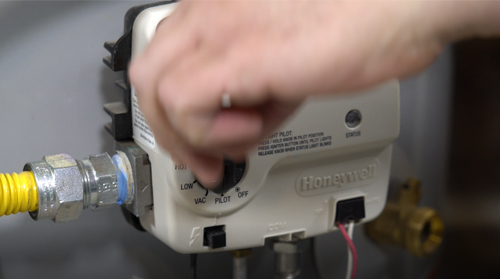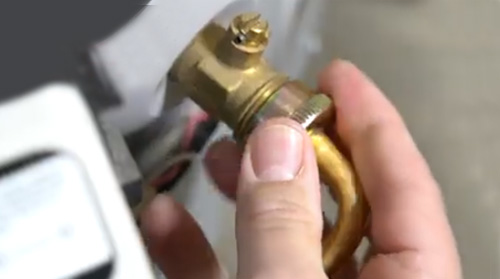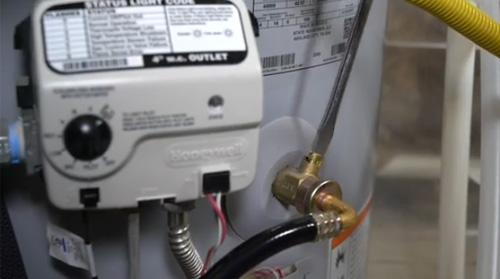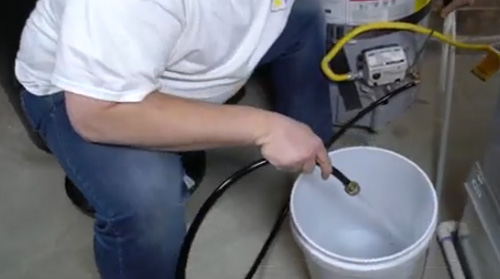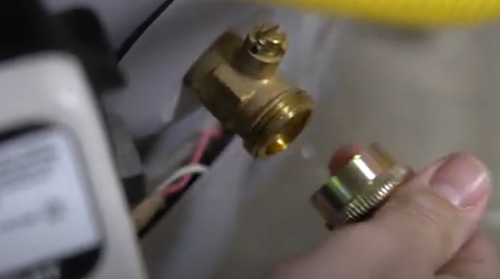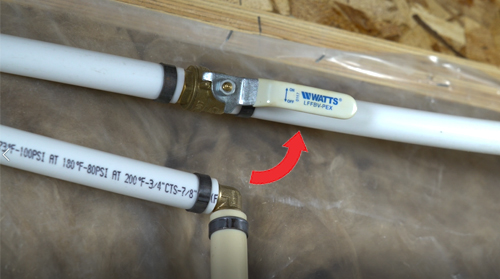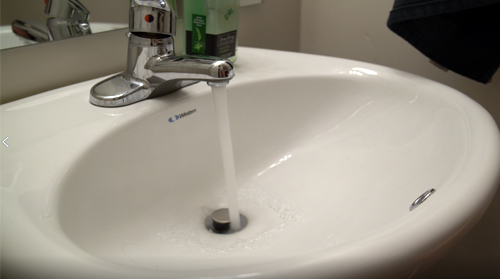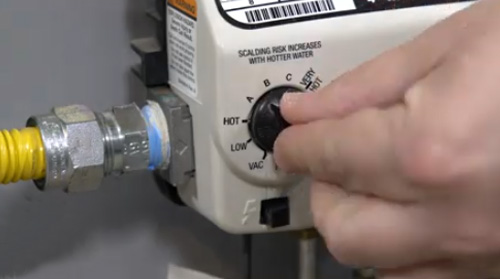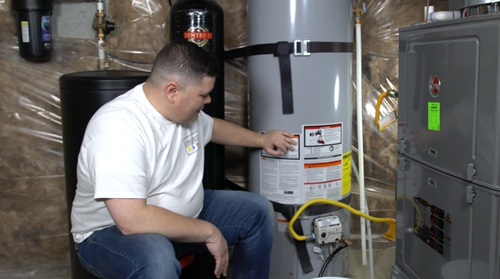The prices you are quoted come out of our pricing guide. We have looked at the most common tasks we are asked to perform and figured out the average time to perform the task, the cost of the materials, and the cost associated with running a drain business that is able to stand behind that work.
To calculate the cost of your drain project, your plumber will determine the tasks needed. Each task has a price associated with it, which your plumber will add together to arrive at your total. This method allows us to identify and rule out unnecessary tasks, prioritizing fairness and transparency (while saving you money).
Our pricing method is not influenced by the neighborhood someone lives in but is designed to be fair and transparent. When we designed our pricing guide, we asked ourselves, “What does it take to perform this task?” NOT, “How much can we get a person to pay?” This commitment to honest, clear pricing reflects our respect for our clients.
When you charge by the hour, you can only give a price after the job is finished. We don’t want you to have to wait until the end of the job to find out how much it costs.
We believe there are too many variables that make “charging by the hour” more of a win for the company than for the homeowner. There are the things that a homeowner has no control over but ends up paying the price for anyway: if a technician has to leave the job to get a part, if technicians work more slowly, if the job takes longer than expected, etc. With “charging by the hour,” there’s no accountability on the plumbing company to have their trucks stocked better, train their technicians better, or run their business more efficiently.
Our commitment to a fair and transparent pricing model is unwavering. We believe in doing right by everyone involved: the homeowner, the technician, and the company. This is not just a business decision, but a moral one, ensuring that everyone is treated with the fairness and respect they deserve.
The staff answering our phones and scheduling appointments are not technicians. They do not understand how the plumbing in your home works or how to price the work you need help with.
Our process involves a comprehensive on-site assessment by our technicians to ensure no crucial details are missed. This thorough approach that looks at all variables is how we can provide you with a price that remains unchanged from the start to the completion of the work: the price we give you before the begins is what the cost will be after the work is performed. Here at Any Hour Services, we believe in honest pricing.
It costs $269 to inspect your sewer main line with our sewer camera equipment. If you’d like to see what the inside of your sewer line looks like, our sewer supervisors have high-definition cameras to show you a live video of the inside your sewer main line.
Residential, owner occupied special:
$29 drain clear / rooter service. Unclog any drain, including the sewer mainline, as long as it has an easily accessible cleanout.
It costs $269 to inspect your sewer main line with our sewer camera equipment. Below you will find a couple internet specials to help you save. If you’d like to see what the inside of your sewer line looks like, our sewer supervisors have hi definition cameras to show you a live video of the inside your sewer main line.
Residential Special:
$149 live camera inspection. High-definition camera is set down your drain so you can inspect the condition of your sewer mainline. Need an easily accessible clean-out.
If you are looking to replace your sewer main line, one of our sewer supervisors will come to your home and inspect your sewer main line with a high-definition camera and show you what options are available. The visit doesn’t cost you anything, so call us if you have questions about replacing your sewer main line.
No, our drain technicians don’t quote a price until they have seen your drain issue. Once they quote a price, it doesn’t change, no matter how long it takes. At any time you want to add more tasks, your drain technician will let you know how much it would cost to perform the extra work.
When it comes to our drain clearing specials, if we can not clear your clogged drain, you don’t pay us.
You can pay for the the drain work we perform with cash, check, or any major credit card. We collect, in full, upon completion of the project. If you would like to make monthly payments, we do have many financing options available through 3rd party finance companies, OAC. Your drain technician can talk to you about your options.

